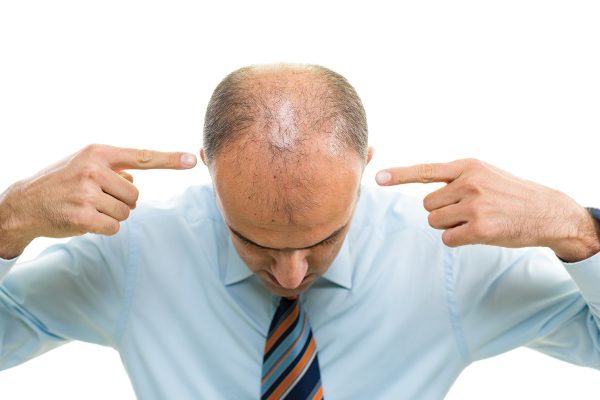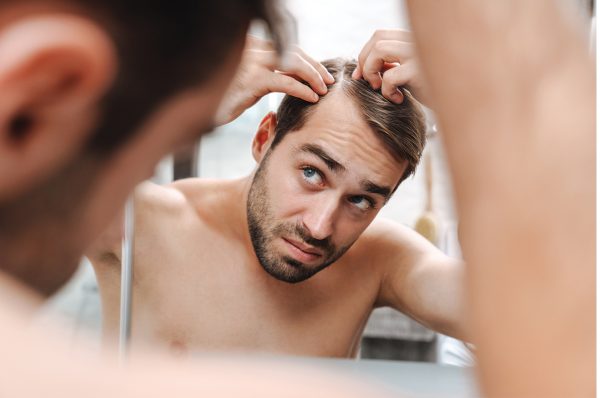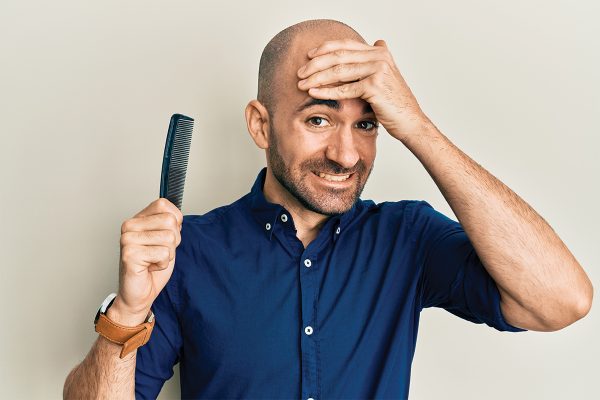
FINASTERIDE
What’s the magic behind it? With regular use, it can get you thicker hair and a drastically slower hair loss process. It’s a working solution against the headache called male pattern baldness.
Good things happen to those who groom

THE SCIENCE BEHIND FINASTERIDE
This FDA-approved medication helps you treat hair loss by blocking DHT – a hormone derived from testosterone that damages hair follicles.
How much Finasteride do you need?
As with any other medication, you should take it as your doctor prescribed, no more than one pill a day. It doesn’t work better if you take it more often.


How should you take it?
You’ll experience the best results if you take it consistently in a period of three to six months. However, don’t be alarmed if you miss a day; continue with it during the following days. Never take a double dose to keep up with the schedule.
How is it connected to testosterone?
Testosterone tends to break into DHT, a hormone connected with hair loss, because it causes thinning of hair follicles. It acts in defense by preventing this process without taking away the good sides of testosterone.
Should you be careful while taking it?
Every prescription medicine may cause a reaction, so can Finasteride. In case you suspect having any reactions to the pill, consult your doctor.
Read More on Wiki

Frequently Asked Questions
It is an FDA-approved medication for the treatment of hair loss in men. Also sold under the brand name Propecia®, Finasteride belongs to a class of drugs known as 5-alpha-reductase inhibitors.
It is used to treat male pattern hair loss (gradual thinning of the hair on the scalp, leading to a receding hairline or balding on the top of the head in men.)
Male pattern baldness, or androgenic alopecia, is the most common form of hair loss and it is typically an inherited condition. As the condition progresses the natural hair growth cycle weakens and your hair follicles shrink, causing your hair to become shorter and finer.
The exact cause for this type of hair loss is unknown but it is related to the production of the hormone dihydrotestosterone (DHT). Treatments that inhibit the production of DHT are sometimes effective in slowing, stopping or reversing hair loss due to androgenic alopecia.
(1mg dose prescribed for hair loss) has been shown to be 85% effective with hair regrowth usually noticed after about 3-4 months of daily use. The medication needs to be taken on a continuous basis or else new hair will be lost after one year of stopping the medication. (In comparison, topical Minoxidil 5% is effective in stimulating hair regrowth in about 50% of men who use it consistently.)
In the United States, finasteride is only available with a prescription. In order to get finasteride, you’ll need to be evaluated by a doctor either online or in person so they can determine whether a prescription is appropriate for you.
